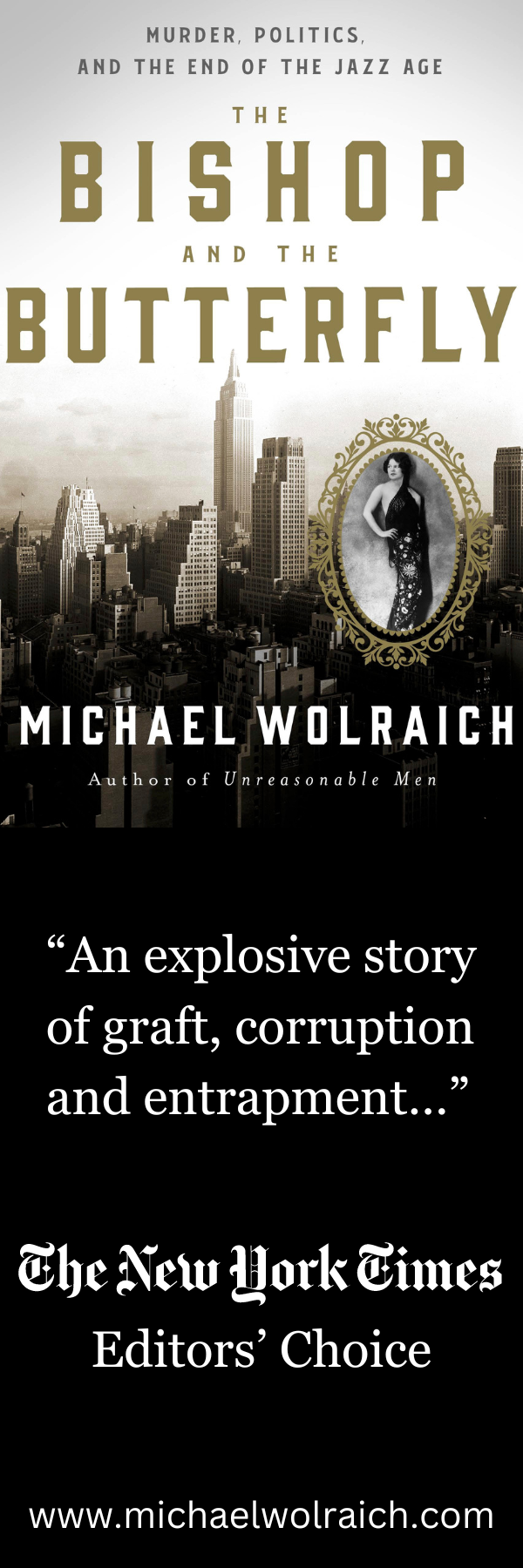Schools are moving toward a model of continuous, lifelong learning in order to meet the needs of today’s economy.
By Jeffrey Selingo @ TheAtlantic.com, March 22
[....] The world of work is undergoing a massive shift. Not since the dawn of the Industrial Revolution in the 18th and 19th centuries and the Information Age that followed in the last century has the scale of disruption taking place in the workforce been so evident. An oft-cited 2013 studyfrom the University of Oxford predicted that nearly half of American jobs—including real-estate brokers, insurance underwriters, and loan officers—were at risk of being taken over by computers within the next two decades. Just last fall, the McKinsey Global Institute released a report that estimated a third of American workers may have to change jobs by 2030 because of artificial intelligence.
Previous shifts in how people work have typically been accompanied in the United States by an expansion in the amount of education required by employers to get a good job. In the early 1900s, the “high-school movement” turned secondary schools into a nationwide system for mass education that provided training for life instead of small-scale institutions designed to prepare a select group of students for college. In 1910, just 9 percent of American youths earned a high-school diploma; by 1935, 40 percent did.
This expansion of high schools was the first wave in a century-long broadening [....]


